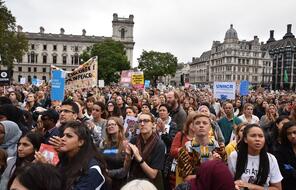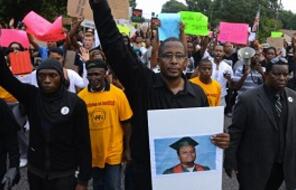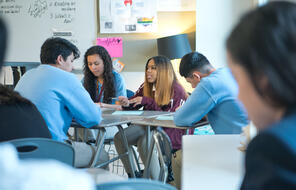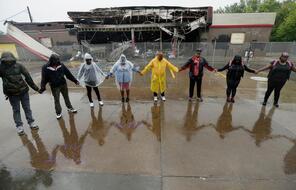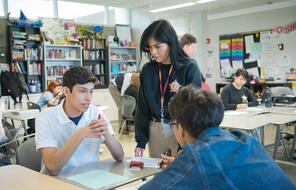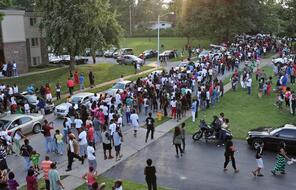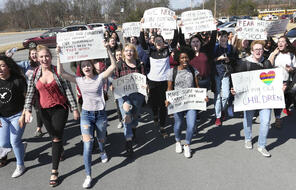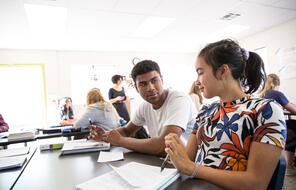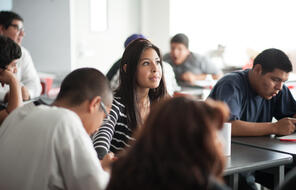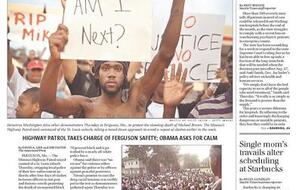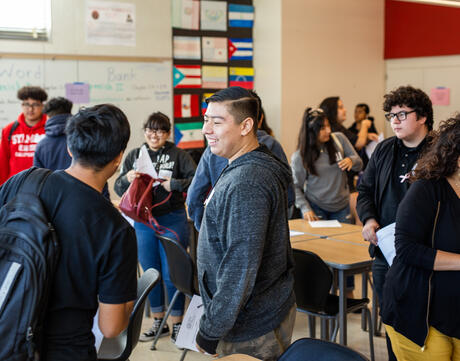
What is Community?
Duration
One 50-min class periodSubject
- Civics & Citizenship
Grade
6Language
English — USPublished
Overview
About This Lesson
With Lesson 6, students move away from the study of individuals to the study of groups of people. An investigation of world history is ultimately an exploration of how groups of people formed communities, cultures, and civilizations. Communities are distinguished from groups by the fact that they share a common interest, background, or purpose that gives them a sense of cohesion. Although any collection of people can be called a group, not all groups could be called communities.
Throughout history, groups of people have formed communities to increase their chances of survival. They may have shared an interest in providing food for their families so they joined with others to hunt or farm. Or they may have formed a community to protect themselves from other groups that wanted their resources. Often people shared a common interest, such as a religion, which gave them a sense of community. Members of a community typically feel a sense of responsibility to one another.
In this lesson, students will analyze one definition of community in order to construct their own definitions. Students can refer to these definitions throughout the year as they think about how and why people throughout history have formed communities and consider the factors that have caused communities to break down. As students explore the meaning of community, they will reflect on how their class is a community with a shared purpose in promoting the learning and achievement of all its members. The explicit designation of the class as a community can build the sense that students are responsible not only for their own learning but for nurturing the learning of their classmates as well.
Preparing to Teach
A Note to Teachers
Before you teach this lesson, please review the following guidance to tailor this lesson to your students’ contexts and needs.
Teaching Notes
Lesson Plans
Activities
Materials and Downloads
Quick Downloads
Download the Files
Get Files Via Google
What is Community?
Who Are We?
What Makes Memphis a Community?
Unlimited Access to Learning. More Added Every Month.
Facing History & Ourselves is designed for educators who want to help students explore identity, think critically, grow emotionally, act ethically, and participate in civic life. It’s hard work, so we’ve developed some go-to professional learning opportunities to help you along the way.
Exploring ELA Text Selection with Julia Torres
On-Demand

Working for Justice, Equity and Civic Agency in Our Schools: A Conversation with Clint Smith
On-Demand

Centering Student Voices to Build Community and Agency
On-Demand


